Understanding Momentum in Investment Technical Analysis: Making Better Predictions Based on Price, Trend Strength, and Speed of Change
$15.93
| Author(s) | |
|---|---|
| Format |
|
| Pages |
148 |
| Publication Year |
2019 |
Understanding Momentum in Investment Technical Analysis includes complete explanations of overbought and oversold, where momentum fits in the broader science of technical analysis, and the importance of moving average crossover. Five major momentum oscillators are explained in depth: relative strength index, MACD, rate of change, stochastics, and Bollinger Bands. Finally, the book provides trading guidance based on momentum, involving coordination of oscillators with other indicators, reversal, and continuation signals.
Author’s Note:
How do you acquire skills as a chart reader and trader? The answer lies in being able to distinguish strong signals from weak signals and in understanding the differences between momentum and other forms of indicator. Some experts mix in other types of signals, such as volume-based indicators, and call these “oscillators,” but this book makes a clear distinction. Oscillators specifically relate to the speed and strength of trends. A volume signal is not an oscillator. It is one of many types of signals accompanying and confirming price indicators and trends and can be used in conjunction with oscillators to identify when a current trend is changing. The oscillator is distinctly different because it points to likely reversal or continuation based on the most recent price behavior; at the same time, finding momentum does not offer any assurance about future price levels. It only offers judgment about the character of a trend.
Oscillators, because they are based on the averages of price and volume, are thought of as lagging indicators. If this were true, they would be of little value in the timing of trade decisions based on slowing down of trends. However, despite the features that lag behind price, the changes in price movement witnessed in the oscillator also function as leading indicators. This is especially true in exceptionally volatile times, when price is continually moving outside of its normal and recently established trading range, only to retreat into range over and over. In such times of high volatility, you are likely to witness volume spikes and false signals in price. However, the momentum oscillator may be the most reliable indicator of whether the current trend is likely to continue or reverse.
This book focuses on the attributes of oscillators, not to provide basic information about trends and the analysis of direction, but to reveal ideas for the use of oscillators for trade timing. It is divided into three parts. Part I explains how the theory of “overbought” and “oversold” is applied in the study and analysis of price (and thus, in timing of coming reversal). In this section, moving averages are also examined in the way they work with momentum to anticipate changes in price trends.
Part II introduces five momentum indicators and explores what the calculation of each reveals. As with the first section, this is not an introductory discussion of signals, but a study of how they provide actionable trade timing. Part III is a discussion of trading with oscillators. This includes examples of how oscillators work with other signals, the role of oscillators in reversal and confirmation, and a concluding chapter about oscillators and what they reveal in continuation signals.
The purpose is to offer practical information that can be applied to improve the timing of trades and to avoid losses caused by poor timing or by overlooking what the signals reveal, especially in the case of momentum oscillators. This book is meant to provide guidance for putting oscillators to work. The basics of oscillators are widely available online, but finding information beyond “what is it” may be more elusive. This book provides you with this next step, the “how to use it” discussion of momentum.
Contents:
- Momentum in the Concept of Technical Analysis
- The Concept of Overbought and Oversold
- Moving Averages
- Relative Strength Index
- Moving Average Convergence Divergence
- Rate of Change
- The Stochastic Oscillator
- Bollinger Bands
- Coordinating Oscillators with Other Indicators
- Reversal Signals and Confirmation
- Continuation Signals and Confirmation
Understanding Momentum in Investment Technical Analysis: Making Better Predictions Based on Price, Trend Strength, and Speed of Change By Michael C. Thomsett pdf
1 review for Understanding Momentum in Investment Technical Analysis: Making Better Predictions Based on Price, Trend Strength, and Speed of Change
Clear filtersOnly logged in customers who have purchased this product may leave a review.

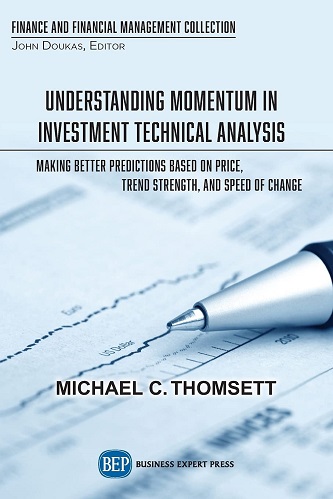

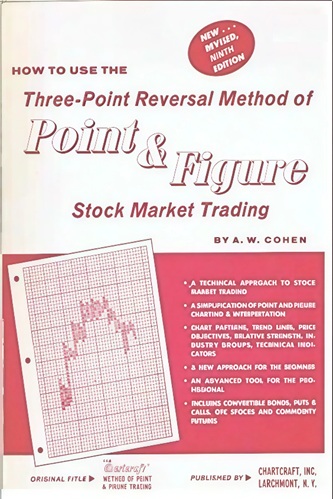

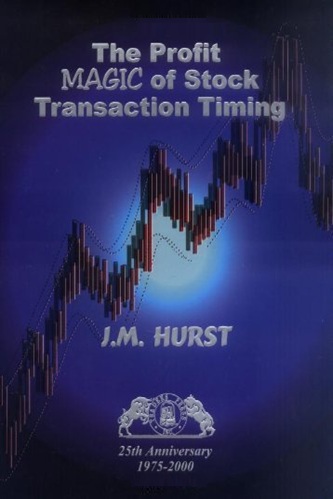
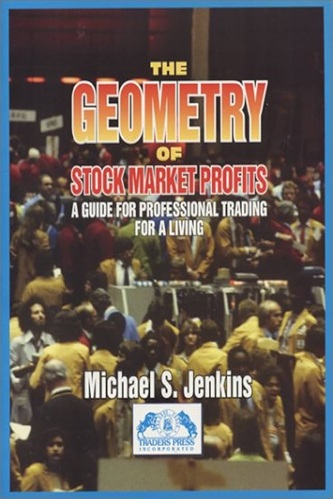
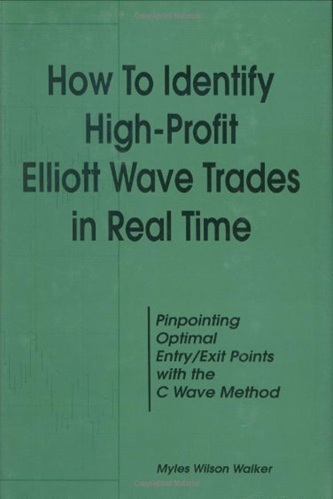
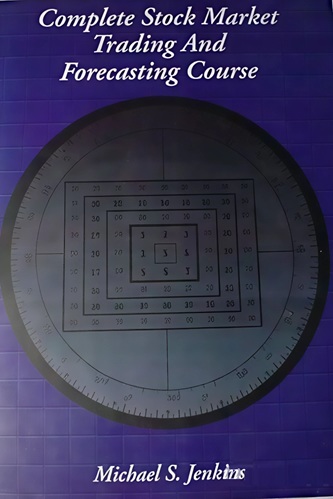
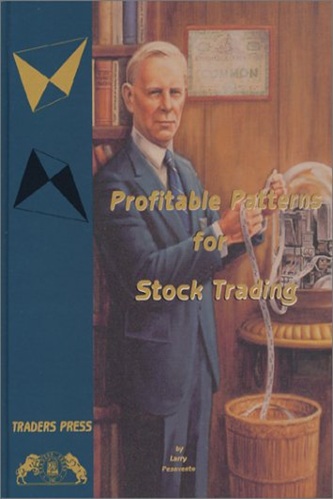
Kennedi Compton (verified owner) –
A far better coverage of momentum indictors and their interpreation is found in Martin Prings books. The book appears to have been dashed off rather quickly. There are misspellings and typos. The language is imprecise. Perhaps the author has a deep understanding of this aspect of technical analysis, but if that is so the book failed to communicate it.